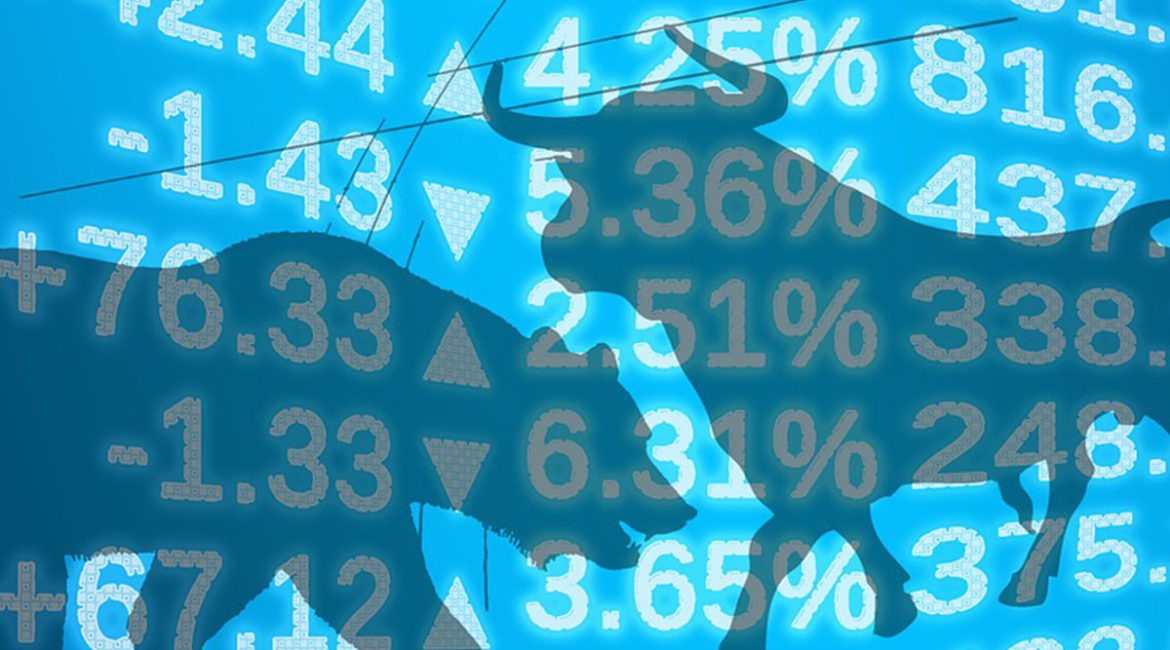Should stock market investors hope for a unified or a divided Washington?
Does the party occupying the White House affect the U.S. stock markets and other economic measurements? If so, how does the Congress controlling party affect markets?
It’s interesting to review history and try to answer those questions, but before we draw any conclusions, we should at least acknowledge that “past performance is no guarantee of future results.” That is especially true this year seeing as virtually everyone would agree that COVID-19 has thrown the 2020 election into unchartered territory.

2020: Bull, COVID 19-Bear and COVID 19-Bull
In a short period of about six months, the U.S. markets went from a bull market to a bear market and back to a bull market. Putting it simply, we went from historical market highs to a recession and then to recovery over the span of six months.
The S&P 500 peaked on February 19th at 3,386 and then cratered through March 23rd with a bewildering 33.9% drop from the February 19th peak. On August 18th, the S&P 500 closed above the February 19th peak. Another bull market was declared from the March 23rd bottom.
While those bull- and bear-market labels are technically appropriate, the reality is that with COVID-19 still impacting our lives and stock markets, many might still feel that we’re in a bear market or a recession, especially with the high levels of unemployment.
Will 2020 Snap the 70-Year Trend?
According to Ned Davis Research, the incumbent has had trouble if one of the following two conditions were in place during an election year:
1.If the stock market has recorded a drop of 20% or more during an election year or
2.If there has been a recession in an election year.
Consider this from Ned Davis Research: since 1900, the incumbent party has claimed victory five times and lost nine times if there was a 20% decline in the DJIA or a recession in the election year. The last incumbent to win under these circumstances was Harry Truman during the 1948 election. Truman was president almost 70 years ago, and since then no party has retained the White House when there was either a 20% decline in the markets or a recession.
In 2020, there has been both a 20% drop in the markets AND a recession. But again, remember that past performance is not a guarantee of future results. Ever.
Republicans vs. Democrats
What is the effect of the party controlling the Office of the President on stock markets? According to Ned Davis Research, when adjusted for inflation – which is a big adjustment but an entirely different topic altogether – since 1900 the Dow Jones Industrial Average has gained:
- an annual average of 3.8% under the Democrats
- an annual average of 1.1% under Republicans
What is the effect of the party controlling Congress on stock markets?
- When Republicans control both the Congress and the Presidency, returns have averaged 7.09% a year.
- When Democrats control the Congress and the Presidency, the market has risen an average of 2.96% a year.
Other Things to Consider
Statistical evidence shows that stock markets perform better under Democratic presidents. Many might try to explain the growth gap largely as the result of good luck, but examining all presidential terms would likely demonstrate that while luck may have been present, it does not fully explain the differences. The fact is, Democratic presidents have been in office during flat, falling and rising markets as well.
Further, we need to remember that there is often a lag of a year or two before a president’s policies affect growth. By that time, the mid-term elections come into play.
Finally, remember that while a president’s influence is large, it is still limited. Congress, world economies, foreign governments, military affairs, the Federal Reserve, and many other factors beyond the president’s control influence the stock market and the economy.
Once more: past performance is not a guarantee of future results

